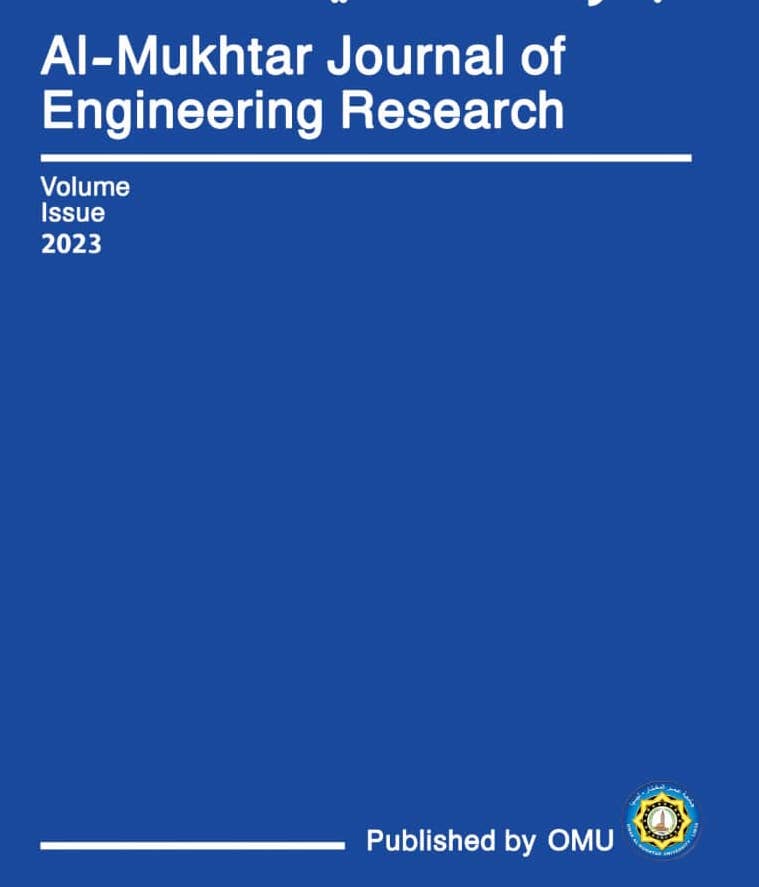A survivable Point-to-Point (PTP) Wireless Transmission Based On Adaptive Coding and Modulation (ACM) Technique
DOI:
https://doi.org/10.54172/jszswq55Keywords:
Wireless Transmission, Modulation Schemes, Coding Rate, Adaptive Coding, Adaptive ModulationAbstract
Wireless transmission can be affected by severe weather conditions such as heavy rain. Such a temporary weather condition leads to decrease the received power and thus reduce the signal-to-noise ratio, which degrades the overall performance. In some cases, in which a high bit rate is being transmitted where a specific amount of signal-to-noise ratio is required, the wireless transmission drops down completely. Adaptive Coding and Modulation technique could provide the feature of adaptation during transmission. In Adaptive Coding and Modulation, transmission parameters such as modulation scheme and/ or code rate can be altered based on signal-to-noise ratio measurements. In this paper, a survivable point-to-point wireless transmission was established using Adaptive Coding and Modulation technology. A concentration on the Adaptive Modulation was made in this work by using the AF-11FX equipment which is capable of modulate carriers using different modulation schemes (QPSK, 16QAM, 64QAM, 256QAM, and 1024QAM). In this context, the wireless point-to-point link was examined with and without the use of Adaptive Modulation. A survivable transmission was achieved in which an automatic switching mechanism is performed among the aforementioned modulation schemes based on signal-to-noise ratio measurements, which led to increase the average transmission rate.
Downloads
Published
Issue
Section
License
Copyright (c) 2023 Al-Mukhtar Journal of Engineering Research

This work is licensed under a Creative Commons Attribution-NonCommercial 4.0 International License.
Copyright of the articles Published by Al-Mukhtar Journal of Engineering Research (Mjer) is retained by the author(s), who grant Mjer a license to publish the article. Authors also grant any third party the right to use the article freely as long as its integrity is maintained and its original authors and cite Mjer as the original publisher. Also, they accept the article remains published by the Mjer website (except in the occasion of a retraction of the article).




